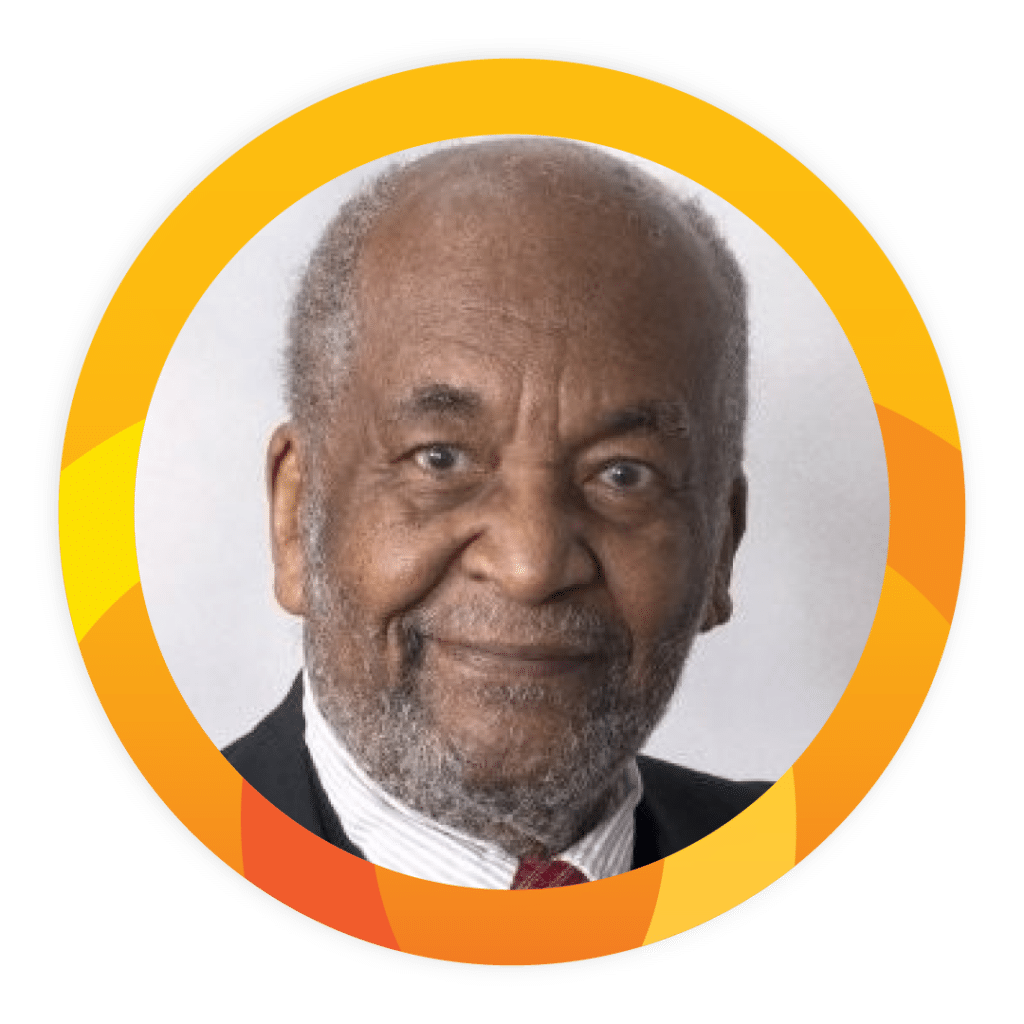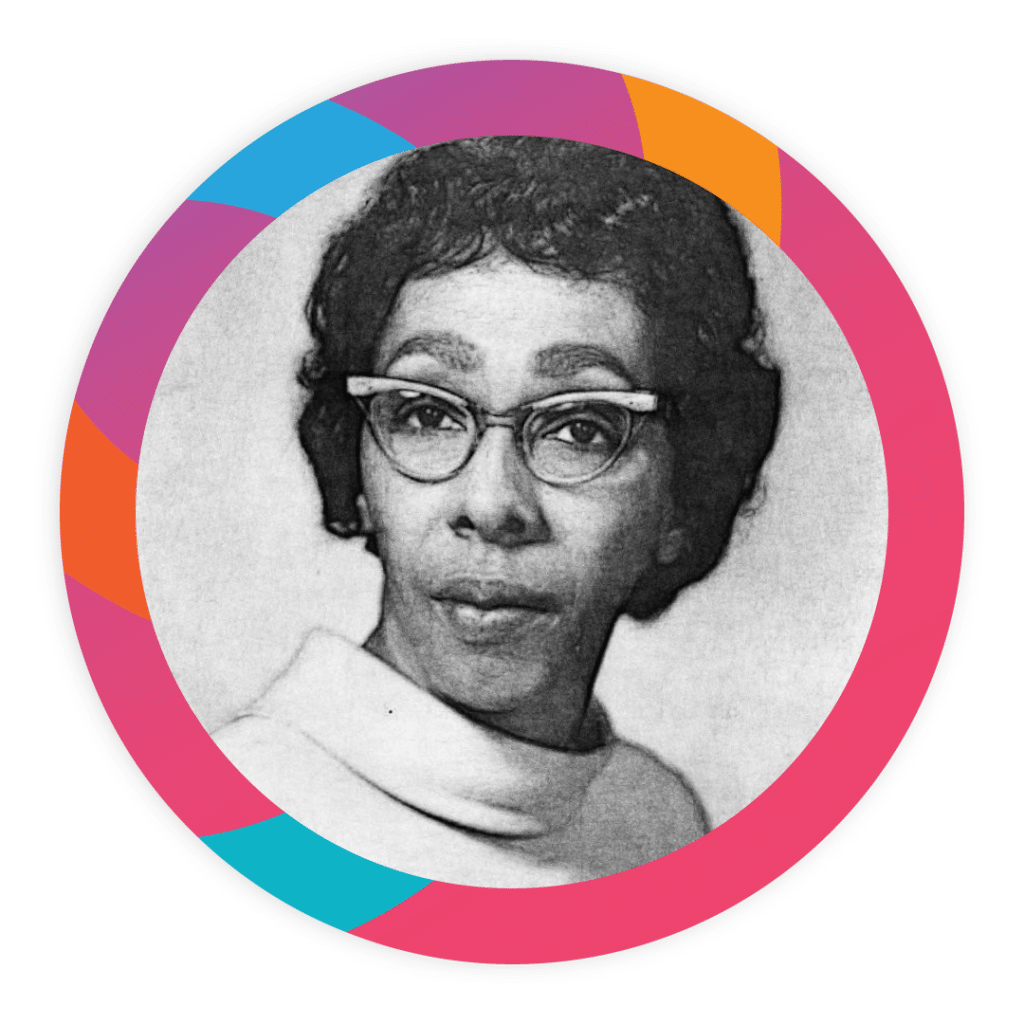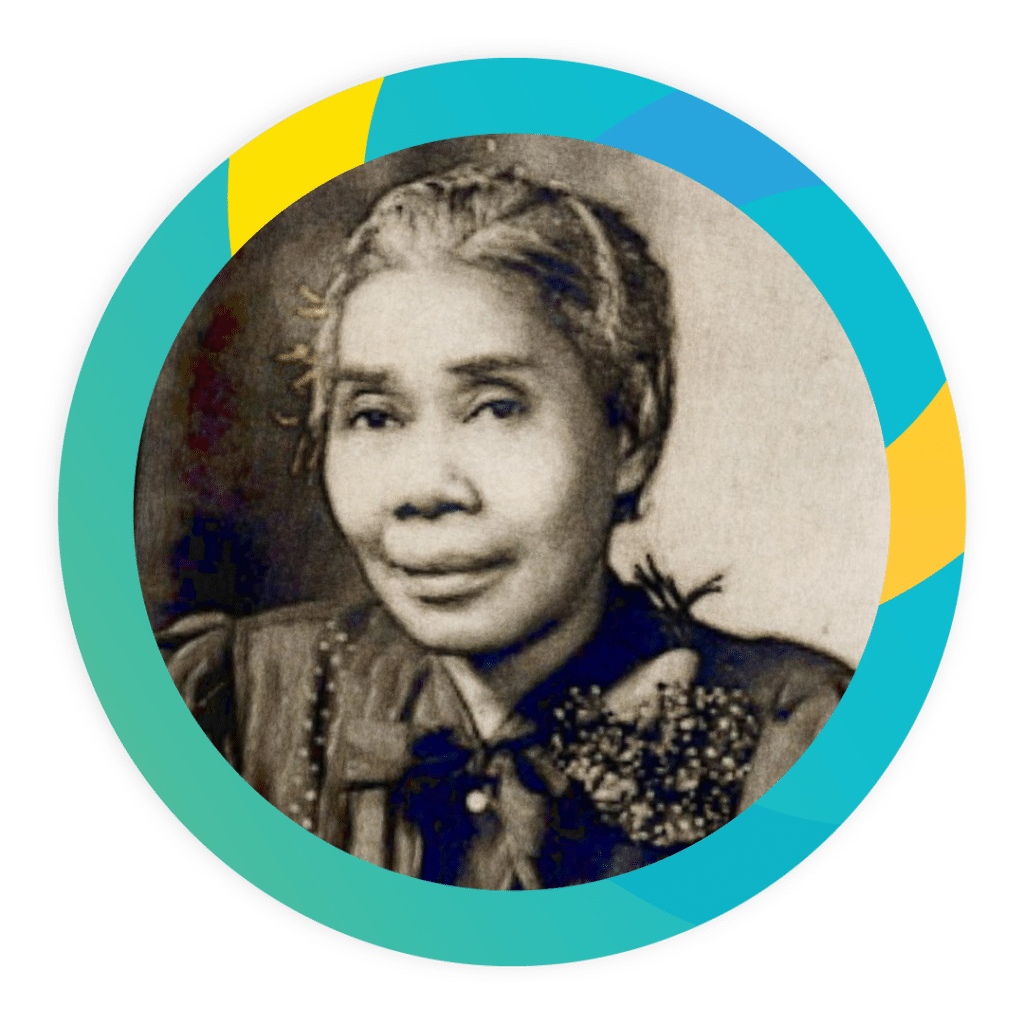
Black History Month provides a perfect opportunity to introduce early childhood education books that celebrate Black heritage and triumphs while helping children envision themselves as part of a vibrant history and a future full of potential!
Why ECE Literature Matters in Black History Month
The celebration of Black History Month in ECE helps cultivate a sense of inclusion and respect for diversity. By carefully selecting books that reflect the lives and accomplishments of Black individuals and communities, you can instill a deeper understanding of history and the value of representation.
Throughout this month and all year round, consider leaning into literature that not only recounts the past but inspires the next generation.
Let’s take a look at one such book that does just that.
“Little Leaders: Bold Black Women in History”
This book features 40 trailblazing Black women in American history, including famous and lesser-known female figures including abolitionist Sojourner Truth, pilot Bessie Coleman, chemist Alice Ball, politician Shirley Chisholm, mathematician Katherine Johnson, poet Maya Angelou and filmmaker Julie Dash.
Learning Activity
Create a hero board! After reading the book, ask your young learners to select a figure they learned about in “Little Learners: Bold Black Women in History” and create a visual representation of that woman using art supplies. This could include drawings, collages or even simple sculptures created from recyclable materials.
With each project, children can articulate a fact or story about their chosen woman to highlight her achievements and contributions. This activity reinforces the information learned from the book and enables children to express their understanding through creative outlets, making the learning process both memorable and enjoyable.
Make the Most of Black History Month Resources

Beyond bookshelves, Black History Month is the perfect time to incorporate various educational resources into your lesson plans:
Interactive Multimedia: Videos and music that pay homage to Black history can be a dynamic addition to your curriculum.
Classroom Decoration: Celebrate Black heritage by decorating classroom spaces with artwork, quotes and displays that honor Black history.
Community Engagement: Invite local Black leaders or storytellers to share their experiences with your class, offering a live glimpse into the narratives that have shaped their lives.
Want to learn more about Black leaders in ECE? Check out this blog that details the accomplishments of three leaders, including Fannie C. Williams, who opened the first nursery school and kindergarten classes for Black children in New Orleans in the early years of the Depression; of Dr. Edmund Gordon, who helped design the Head Start program; and of Dr. Evangeline Ward, who created a code of ethics for early childhood professionals that provides a foundation of professionalism for educators that continues to guide and motivate child care advocates today.



And if you’re looking for more book ideas, this list from Scholastic Schoolworks includes beloved stories for Black History Month, including a powerful play about a child who led a series of sit-down strikes to a gripping nonfiction article about the co-discoverer of the North Pole.
Penguin Random House Education shares another list of Black History books you might find helpful!


